Process Safety Gap Assessment
Proactively address potential safety gaps and protect operations, employees, and reputation. At Wire Consultancy, our Process Safety Gap Assessment service is designed to help businesses identify and bridge gaps in their process safety management systems. Through this assessment, our clients gain a clear understanding of their current safety performance and receive tailored recommendations to enhance their process safety practices.
We Strive to Drive
Safety Culture


Trusted by










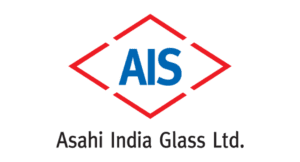






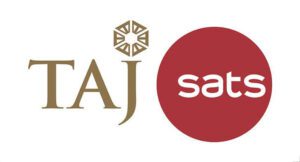
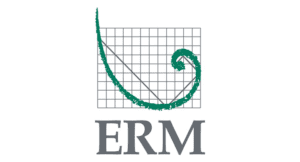
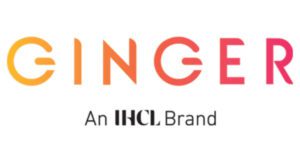









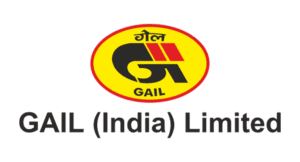



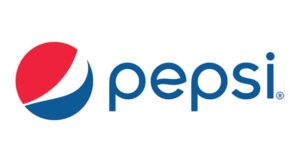

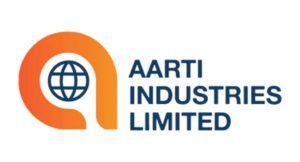



























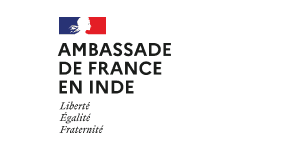
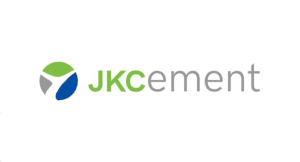

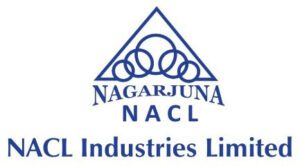



What is Process Safety Gap Assessment?
Process Safety Gap Assessment is a meticulous examination of your industrial processes, uncovering potential weaknesses in your approach to safety. Imagine running a safety microscope over your operations, identifying any gaps between current practices and recognized best practices or regulatory requirements. Through in-depth analyses of your equipment, procedures, and emergency response plans, this assessment exposes vulnerabilities that could lead to accidents, fires, or explosions. It’s your opportunity to proactively plug these gaps before they become devastating breaches, safeguarding your people, assets, and reputation.
Common Types of Gaps during Process Safety Gap Assessment
Process Safety Gap Analysis isn’t mere compliance; it’s a proactive voyage into your operational depths, exposing vulnerabilities before they become breaches. This meticulous dissection reveals three core fault lines in your safety framework:
- Hazard Identification Gaps: This gap exposes the need for continuous hazard identification programs and enhanced employee training, ensuring everyone can recognize and respond to even unseen dangers.
- Controls Gaps: This gap arises when safeguards are either absent or insufficient to effectively contain potential accidents. Identifying these control gaps empowers you to implement robust safety measures, from engineering controls to foolproof procedures, turning potential disasters into controlled situations.
- Responsibility Gap: This gap emerges when accountability for managing specific risks remains unassigned or diffused. Addressing this gap involves establishing clear chains of command, ensuring everyone knows their role in the safety symphony, and empowering them to take ownership of risk mitigation.
Benefits of Process Safety Gap Assessment Includes:
- Improving the ability to detect problems with processes
- Reducing the cost of maintaining safe operations by preventing major problems before they happen
- Increasing worker productivity by reducing equipment downtime due to maintenance issues or repairs
Process Safety Gap Assessment Can Be Classified Into Three Types:
- Those associated with the environment
- Those associated with equipment
- Those associated with humans
Choose Wire Consultancy for Process Safety Gap Assessment
We offer a meticulous and insightful Process Safety Gap Assessment to help you identify where your business is vulnerable to potential incidents, near misses, and even unforeseen threats. We point out vulnerabilities, provide actionable recommendations and a collaborative roadmap to safeguarding your people, assets, and reputation.
We Provide a Full Range of Services, Including:
- Site risk review
- Conducting employee interviews
- Performing hazard analysis and risk assessment
- Creating a process safety plan (PSP)
Similar Services
Contact
Feel free to contact us for any questions and query
Connecting with Us is Just a Click Away – Let’s Begin Your Project Hassle Free.
Our team of experienced consultants is ready to collaborate with you to achieve your engineering, safety and sustainability goals. Get in touch with us to learn more.
Our Presence
Noida
Office-03, First Floor, D-53, Sector-2,
Noida, Uttar Pradesh-201301, India
Hyderabad
SF-LM-13, Lumbini Jewel Mall
Banjara Hills Road no 2
Hyderabad 500034
For Business Enquiry
For HR Enquiry
hr@wireconsultants.com
+91-7827931701
Copyright © 2024 Wire Consultancy | All Rights Reserved
